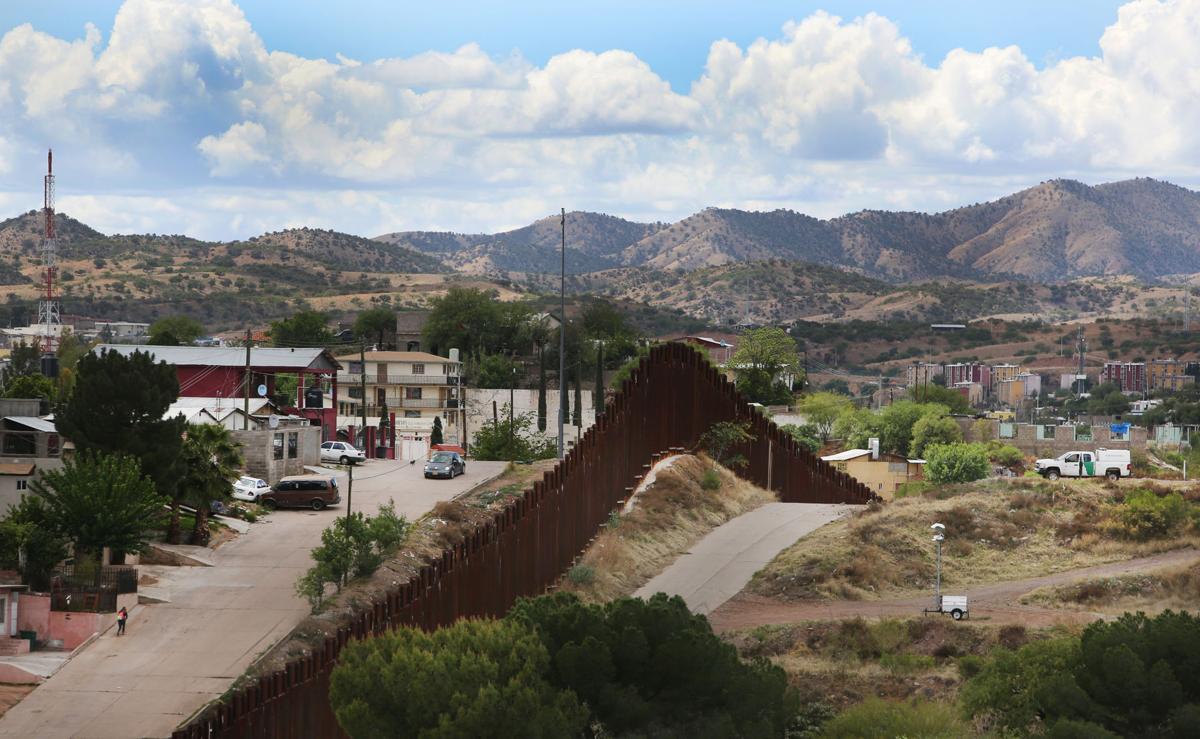The attorney for the Border Patrol agent who shot and killed a Mexican teen claims federal prosecutors are “withholding and manipulating” critical evidence.
In new court filings, attorney Sean Chapman says a Mexican doctor who performed an autopsy on Jose Antonio Elena Rodriguez told prosecutors in 2014 that the victim was killed by the first bullet, which hit him in the head. Chapman said the other shots agent Lonnie Swartz fired in the 2012 incident came later.
But that information was provided to him just recently even as he is preparing for the Oct. 24 trial, Chapman said.
He said the order in which the bullets struck the teen is central to his contention that Swartz cannot be guilty of murder because he used only the force necessary to respond to rocks being thrown at him from across the border fence at Nogales.
But to get the jury to believe that argument, Chapman said he needs to show that the teen “was fatally injured with one of the very first shots while he was an active threat.” And that, he argued, makes any other shots — prosecutors said Swartz fired at least 13 times, including stopping to reload — legally irrelevant.
“Agent Swartz is not criminally liable for Elena Rodriguez’s death, even if he continued to fire at him after he was killed, and collapsed on the ground,” Chapman told U.S. District Judge Raner Collins.
What Dr. Javier Diaz Trejo told a prosecutor in 2014 is important, Chapman said, because it contradicts the government’s theory that the teen was first shot in the back, which paralyzed him and caused him to fall to the ground, at which point Swartz continued to fire until the teen was dead.
He said the government’s decision to withhold not only the prosecutor’s notes of her 2014 interview with the doctor but also details from the original 2012 autopsy report means that the U.S. Attorney’s Office for Arizona cannot prosecute Swartz. Chapman said that’s because he will be calling the prosecutor as a witness in an effort to undermine the case being presented by her colleagues.
Potentially more significant, Chapman wants Collins to preclude the government, having withheld and been late to disclose this critical evidence, plus some autopsy photos, from presenting any testimony to support its theory that the head shot that killed the teen was received while he was already on the ground, still alive.
There was no immediate response from federal prosecutors.
The details are critical since even Chapman admits that his client killed the teen. He said the evidence will show that Elena Rodriguez and others, standing in Mexico, were throwing rocks at Swartz and other agents.
That, he said, leaves two issues for the jury to decide. One is whether Swartz acted in self-defense. The other is whether Elena Rodriguez was fatally shot while he was standing or after he collapsed to the ground.
Chapman said the government’s theory is that after the first volley of shots, the teen fell but was still alive and no longer a threat, yet Swartz kept firing at him.
“Under this theory, Agent Swartz acted without legal justification and with malice aforethought by continuing to shoot at Elena Rodriguez after he was incapacitated by the first set of shots and went to the ground,” Chapman told Collins.
But if it was the head shot that killed him instantly and caused him to fall, Chapman argues, the government’s case falls apart.
Chapman said prosecutors gave him a copy of an autopsy report, written in October 2012, earlier this year. That report does not address the sequence of shots.
But it turned out that one of the doctors was interviewed by a prosecutor in 2014. And Chapman said the prosecutor’s handwritten notes of the interview “indicate a drastically different version of Dr. Diaz’s opinion than previously disclosed.”
“In 2014 Dr. Diaz believed unequivocally that Elena Rodriguez was standing when he suffered an initial shot to his head that instantly killed him and resulted in his fall to the ground,” Chapman wrote. “Without question, Dr. Diaz’s 2014 statements, two years after the autopsy and two years before his 2015 statements, support the defendant’s version of events in this case.”
The attorney also said it is now “no coincidence” that prosecutors told him two weeks ago they no longer intend to call Dr. Diaz as a witness, instead relying on the testimony of “a much more junior pathologist.”





